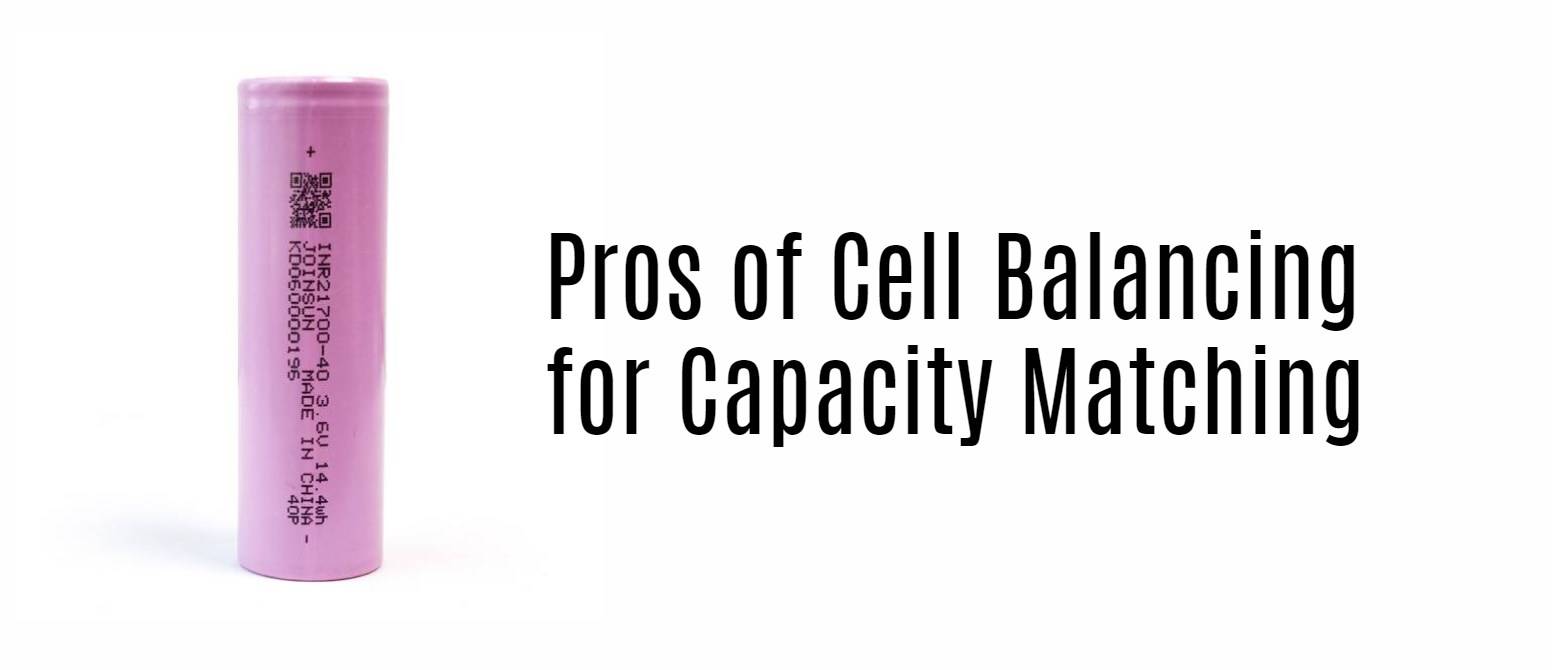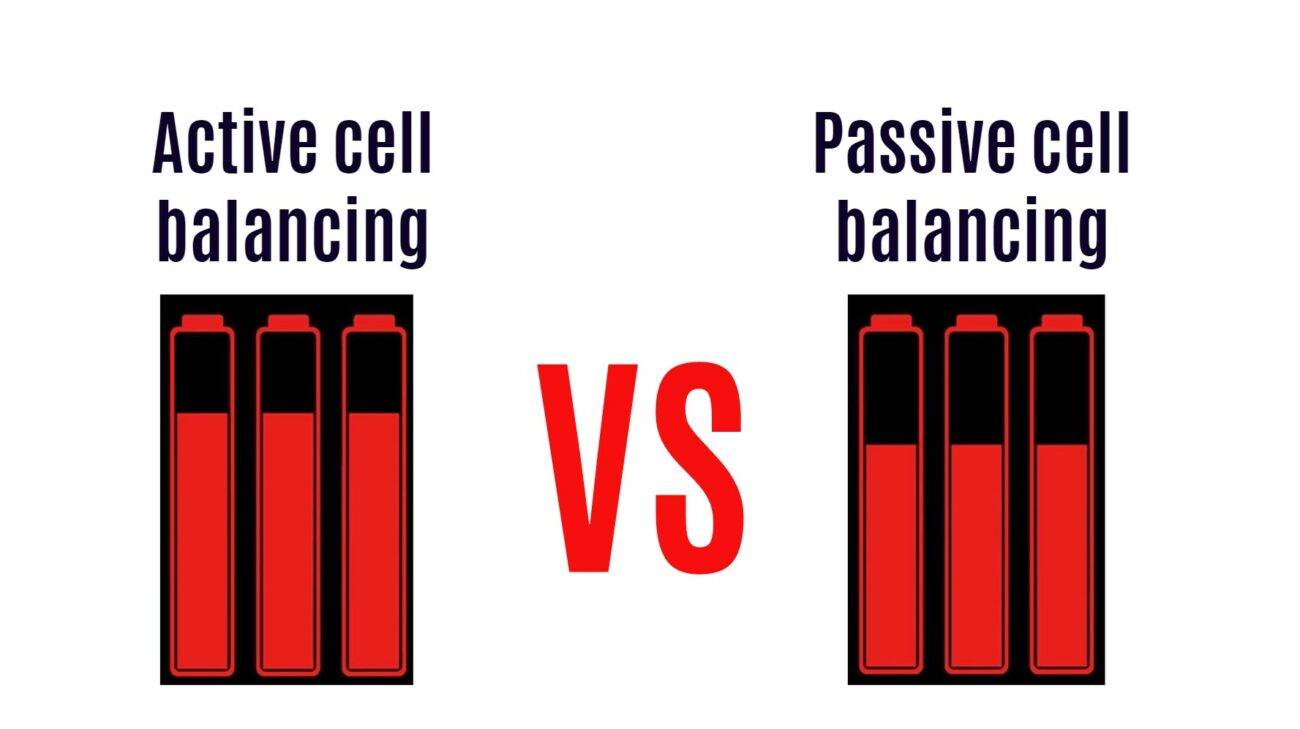
Blog
How Do Cell Balancing Techniques Differ for Capacity Matching and Capacity Preservation?

Cell balancing is a critical process in battery management systems, focusing on optimizing performance and longevity. Capacity matching aims to maximize energy output, while capacity preservation seeks to extend battery life by minimizing stress on individual cells. Understanding these techniques helps in effective battery management.
How does cell balancing work for capacity matching?
Cell balancing for capacity matching involves equalizing the state of charge (SoC) among cells within a battery pack. This process ensures that each cell has a similar voltage and energy storage capability, allowing all cells to contribute equally to the overall capacity. By redistributing charge between cells, it prevents overcharging or undercharging, thereby maximizing the battery pack’s energy output.Chart: Process of Cell Balancing for Capacity Matching
| Step | Description |
|---|---|
| 1 | Monitor individual cell voltages and SoC levels. |
| 2 | Identify cells with imbalances. |
| 3 | Transfer charge from higher SoC cells to lower SoC cells. |
| 4 | Reassess voltages and repeat until balance is achieved. |
What are the benefits of cell balancing for capacity matching?
The primary advantage of cell balancing for capacity matching is increased usable capacity, particularly in lithium-ion systems. By addressing discrepancies in charge levels, this method enhances performance and efficiency, prolonging the overall lifespan of the battery pack. It also minimizes wear on individual cells, leading to a more uniform degradation rate over time.
How does cell balancing work for capacity preservation?
Cell balancing for capacity preservation focuses on maintaining an even distribution of charge among cells throughout their operational life. This method prevents imbalances that can lead to premature aging or failure of weaker cells within a pack. By continuously monitoring and adjusting the charge levels, it ensures that no single cell experiences excessive strain.Chart: Process of Cell Balancing for Capacity Preservation
| Step | Description |
|---|---|
| 1 | Continuously monitor voltage and SoC across all cells. |
| 2 | Identify cells that are underperforming or overcharged. |
| 3 | Adjust charging cycles to equalize performance over time. |
| 4 | Implement regular maintenance checks to ensure longevity. |
What advantages does cell balancing for capacity preservation offer?
The key benefits of capacity preservation include enhanced longevity of the battery pack and improved reliability in performance over time. By reducing stress on individual cells, this approach minimizes the risk of failure and extends the overall lifecycle of the battery system, making it a preferred choice in applications where long-term reliability is crucial.
How do capacity matching and capacity preservation differ in application?
Capacity matching is often prioritized in applications requiring high power output, such as electric vehicles or power tools, where maximizing energy delivery is essential. In contrast, capacity preservation is more suited for stationary applications like renewable energy storage systems, where longevity and reliability are paramount.
Why is cell balancing important in battery management systems?
Cell balancing plays a vital role in ensuring optimal performance and safety in battery management systems (BMS). It helps prevent issues related to overcharging or undercharging, which can lead to thermal runaway or reduced cycle life. Effective cell balancing strategies contribute to maximizing both performance and lifespan of battery packs.
What are the latest advancements in cell balancing technology?
Recent advancements include active balancing techniques that allow for more efficient energy transfer between cells without dissipating excess heat, enhancing overall system efficiency. Additionally, improved algorithms based on machine learning are being developed to predict imbalances before they occur, allowing proactive adjustments to maintain balance.
What expert insights can guide battery management practices?
“Effective battery management requires a nuanced understanding of both capacity matching and preservation techniques,” says an industry expert from Redway Power. “Choosing the right approach depends on your specific application needs—whether you prioritize immediate performance or long-term reliability.”
Industrial News
Recent developments in the field of battery technology focus on enhancing efficiency through advanced cell balancing methods. Companies are increasingly adopting active balancing systems that allow real-time adjustments based on usage patterns, significantly improving both performance and lifespan of battery packs used in electric vehicles and renewable energy systems.
FAQ Section
What is the difference between capacity matching and capacity preservation?
Capacity matching focuses on maximizing energy output by equalizing charge levels among cells, while capacity preservation aims to extend battery life by minimizing stress on individual cells.How does cell imbalance affect battery performance?
Cell imbalance can lead to reduced runtime, premature termination of charging/discharging cycles, and overall degradation of battery life due to uneven wear across cells.What technologies are used in modern cell balancing?
Modern technologies include passive and active balancing methods, along with advanced algorithms that monitor voltage and SoC levels to optimize performance continuously.











